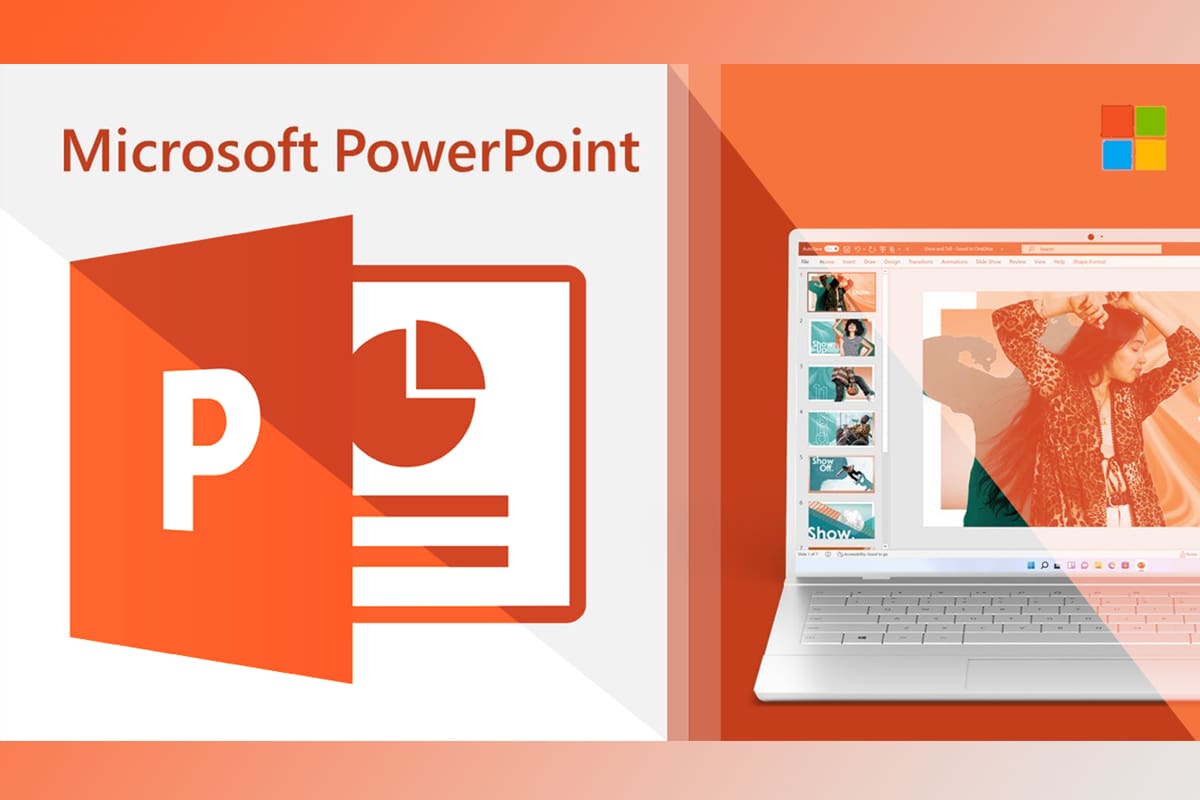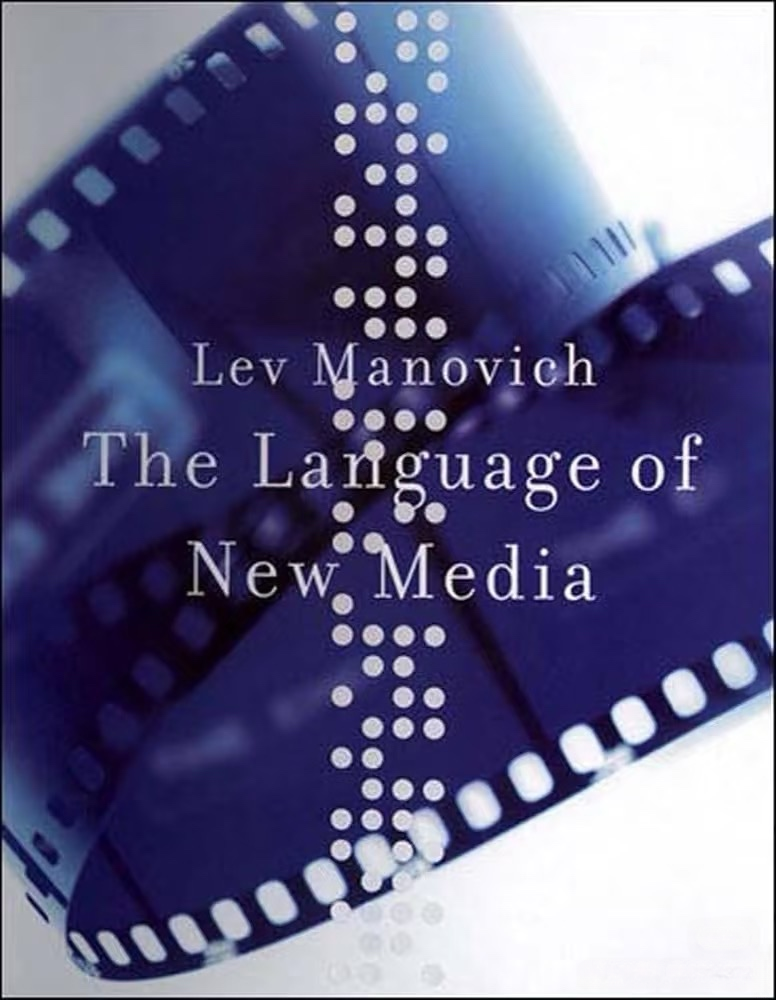Title, images, animations, fonts, hyperlinks, and even background music-when I was given the power to command these elements, my small self suddenly realized that there’s more to expression than just pen and paper.
As PowerPoint gradually entered my life
When I was a child, I was a shy little girl who couldn’t figure out the computer games and didn’t like making friends online. So when I think back to my earliest memories of digital technology, I’m surprised to find that the first thing that comes to my mind is PowerPoint. When I was in the second grade at the age of seven, the dark green blackboard in the classroom was suddenly split down the middle and pushed to both sides overnight, replaced by a whiteboard projecting PowerPoint slides as the new visual center of the whole class. The first time I sat in front of a computer to make a PowerPoint presentation, I was genuinely excited. With a single click of the mouse, ready-made icons appeared, and the way text and images came together made me feel like I was even writing a book. I carefully chose every animation and aligned every corner with precision. And when I stood in front of the class to present my finished slides, I felt more persuasive than I had ever been before.
Rather than being a neutral medium of presenting information, the screen is aggressive. It functions to filter, to screen out, to take over, rendering nonexistent whatever is outside its frame.
Manovich, L. (2001). The language of new media. MIT Press.

Am I truly in charge of my PowerPoint?
PowerPoint is a typical product of the rapid development of digital technology and new media. In The Language of New Media, Lev Manovich outlines five principles of new media (Numerical Representation,Modularity,Automation,Variability and Transcoding), and I believe Principles 1(Numerical Representation) and 2(Modularity) vividly illustrate the logic behind PowerPoint’s operation. When creating a PowerPoint presentation, we may seem to have absolute control, but in reality we are merely rearranging existing elements. We cannot create elements—only to choose. We can easily delete an unsatisfactory action or alter a part of a slide, but such freedom would be unthinkable in oil painting. Just like you and your classmate might produce presentations that look nearly identical without anyone suspecting plagiarism, because the same template can be reused by thousands of times. But this would be unheard of in an art exhibition, because it would inevitably spark disputes over copyright infringement and academic misconduct. In the process of using PowerPoint to express ourselves, we follow certain unspoken rules. For example, almost no one would consider a slide filled with dense text as qualified, because we have to make it readable and visually appealing. This is also the main reason why I oppose the superficial view that PowerPoint is just an electronic version of a hand-copied newspaper. The underlying operating rules quietly take away some of the creator’s free will. And now, given that our entire society seems unable to do anything without PowerPoint, we can only call this phenomenon “the price we must pay for enjoying advanced digital technology.”

What I Lost to PowerPoint
At this point, we seem compelled to note that PowerPoint is a product of the age of mechanical reproduction. Its standardized, template-driven operation evokes the concept of the culture industry, and the freedom to “write as my heart dictates” is gradually eroded in the process. As PowerPoint has become widespread, it has gradually transformed into a form of social culture. While we gain efficiency, we are also forced to give up many things,long passages of text are deemed inappropriate here, and we have no choice but to distill them into dry simple points. The quality of the content seems less important in PowerPoint’s evaluation criteria, since people are more easily drawn to exquisite layout and design. It appears we have gradually forgotten that PowerPoint’s nature is an auxiliary tool,perhaps this is what Manovich calls cultural transcoding (Principle 5).



While I understand your point on the limits of PowerPoint that are produced by the unspoken rules associated with PowerPoint. I personally think every tool has its limits and unspoken rules. A canvas can only hold so much space and how that space is used is decided by the painter. Other mediums are more forgiving than others and produce different outcomes. Powerpoint has become a staple in the classroom, but the outcome of a presentation is dependant on the skill and dedication of the creator to bring its full potential as an auxiliary tool forward.
The blog has a nice set-up and is thought provoking on the usage of a tool and its limits. Great read!
Thank you for reading!I feel extremely uncomfortable having to break down my thoughts into numerous sections and fit them into the rigid structure of a PPT. However, this is currently the prevailing trend in how people express themselves in society, which leaves me rather perplexed and wondering: don’t others share the same sentiment? It seems we are like-minded individuals who can share this perspective~